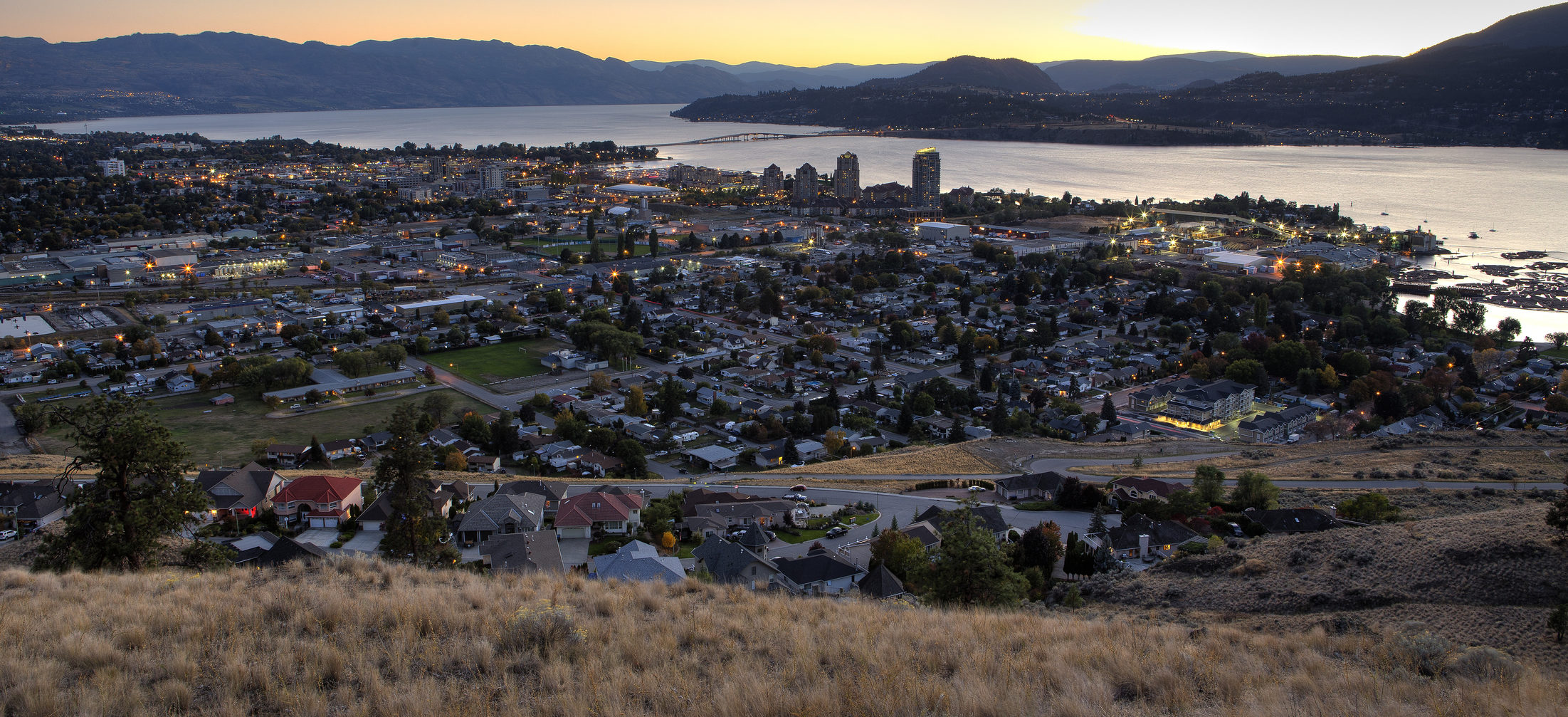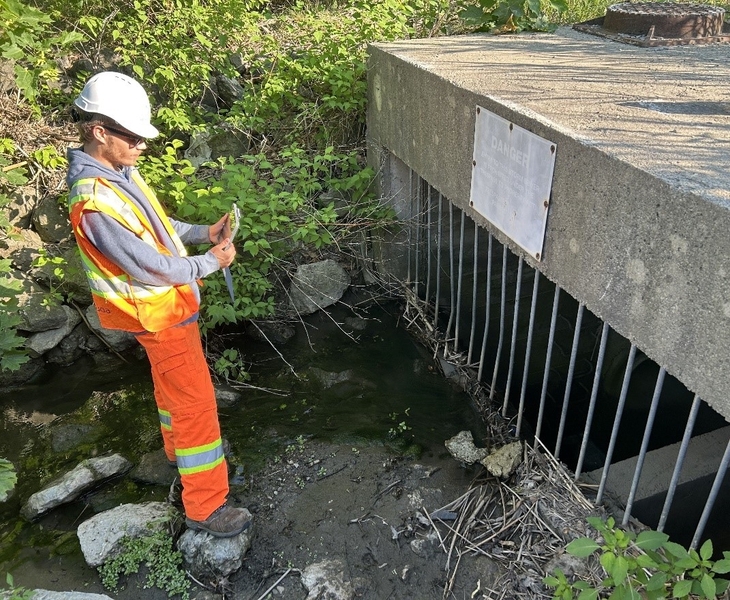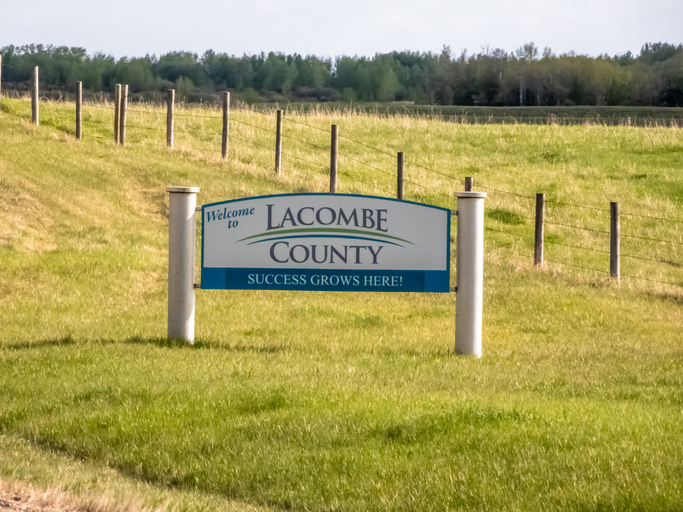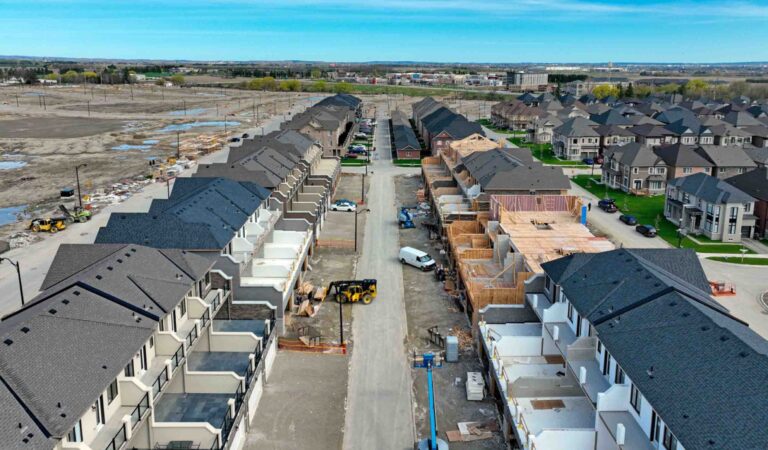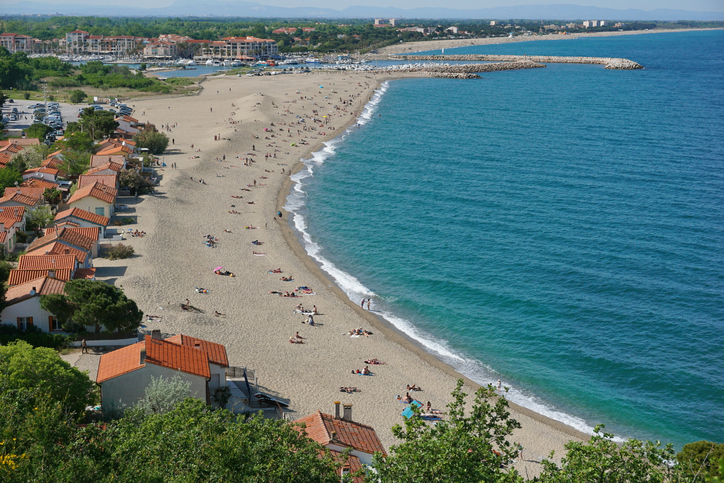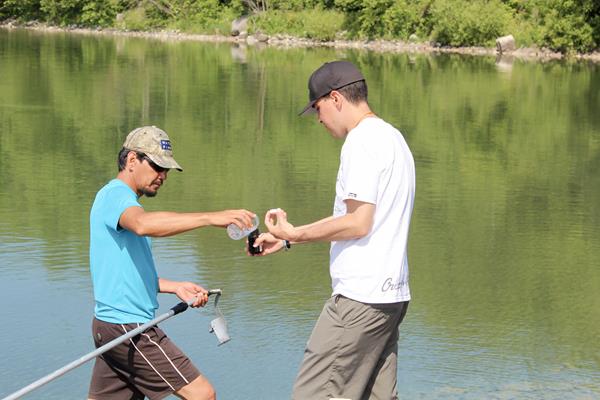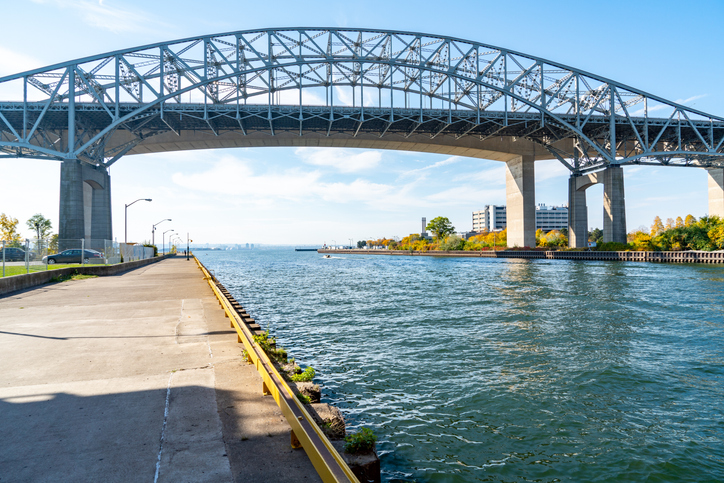The Okanagan Basin Water Board (OBWB) has sent a letter to the Province of B.C., requesting a review of how it manages Okanagan lake levels in an effort to address the worst effects of climate change. The correspondence is backed up by letters of support from municipal governments throughout the valley.
“We’re very concerned about the current lake level management and the risks of extreme flooding in the future,” explained OBWB Executive Director Anna Warwick Sears. “This is a serious problem we are facing. This is not hype.”
At issue is the current management plan that was designed in the 1970s. It doesn’t accommodate for climate change, according to the OBWB. The Okanagan has experienced severe flooding in recent years and recent flood mapping for the valley has signaled that the way the lake is managed needs to change.
The lake level issue was raised by the District of Peachland a few months back and has since been echoed by other valley municipalities. That, paired with the results shown by the maps, prompted the OBWB letter.
“There is an urgent need to have this review,” stated the letter. “While preparing Okanagan mainstem lakeshore flood maps (published in 2020), Northwest Hydraulic Consultants found that the frequency of flooding would be unacceptably high if the Okanagan Dam at Penticton continued to be operated in the same manner, given the expected increase in flows due to climate change […] The technical report for this effort found that as a result of climate change, floods will ‘exceed the capacity of existing infrastructure if operational rules are not adjusted.’
“We are asking the Government of B.C. to, in the next five years, comprehensively review and update the Okanagan Lake Regulation System (OLRS) and its operating plan to prevent damaging floods of increasing severity, while protecting Okanagan fisheries and minimizing the risk of water shortages. We are also asking for the management and control structures of Kalamalka Lake to be formally designated as part of the OLRS, and included in the review.”
Sears provided the rationale for Kalamalka to be included in the review.
“We are asking that the plan be expanded to include Kalamalka because it has also been affected by high water levels and we know that all the water in this valley is connected,” Sears explained. “What affects one lakeside community can impact the next.
“Scientific modeling shows that we are going to experience more precipitation—both rain and snow—but it’s going to be unpredictable. At the same time, we’re also at heightened risk for drought because of climate change,” added Sears. “If we just manage the lake for flooding and draw it down too far, and then have less precipitation than expected in spring and summer, we could create an even greater water shortage.”
Adjusting lake levels can have significant impact on water availability for agriculture, residential use, and have severe consequences for fish. “We need to look at what is the best way to manage lake levels with the least impact,” Sears noted. As such, the OBWB is recommending that the province work closely with the Okanagan Nation Alliance, as well as affected stakeholders and the public.
“We believe the Okanagan Nation will be important leaders in this given their immense work to bring back sockeye and chinook salmon and the values they place on water.”
The OBWB has initiated a gap analysis, working with the provincial water manager who operates the dam in Penticton, to evaluate completed studies from recent years and determine what additional studies are needed. A recommended plan of studies will be released in April 2021 as well as a recommendation to include public engagement.
“It’s extremely important the public be provided information and be consulted because they will be impacted,” Sears concluded. “How we address lake levels into the future will affect each of us directly.”

